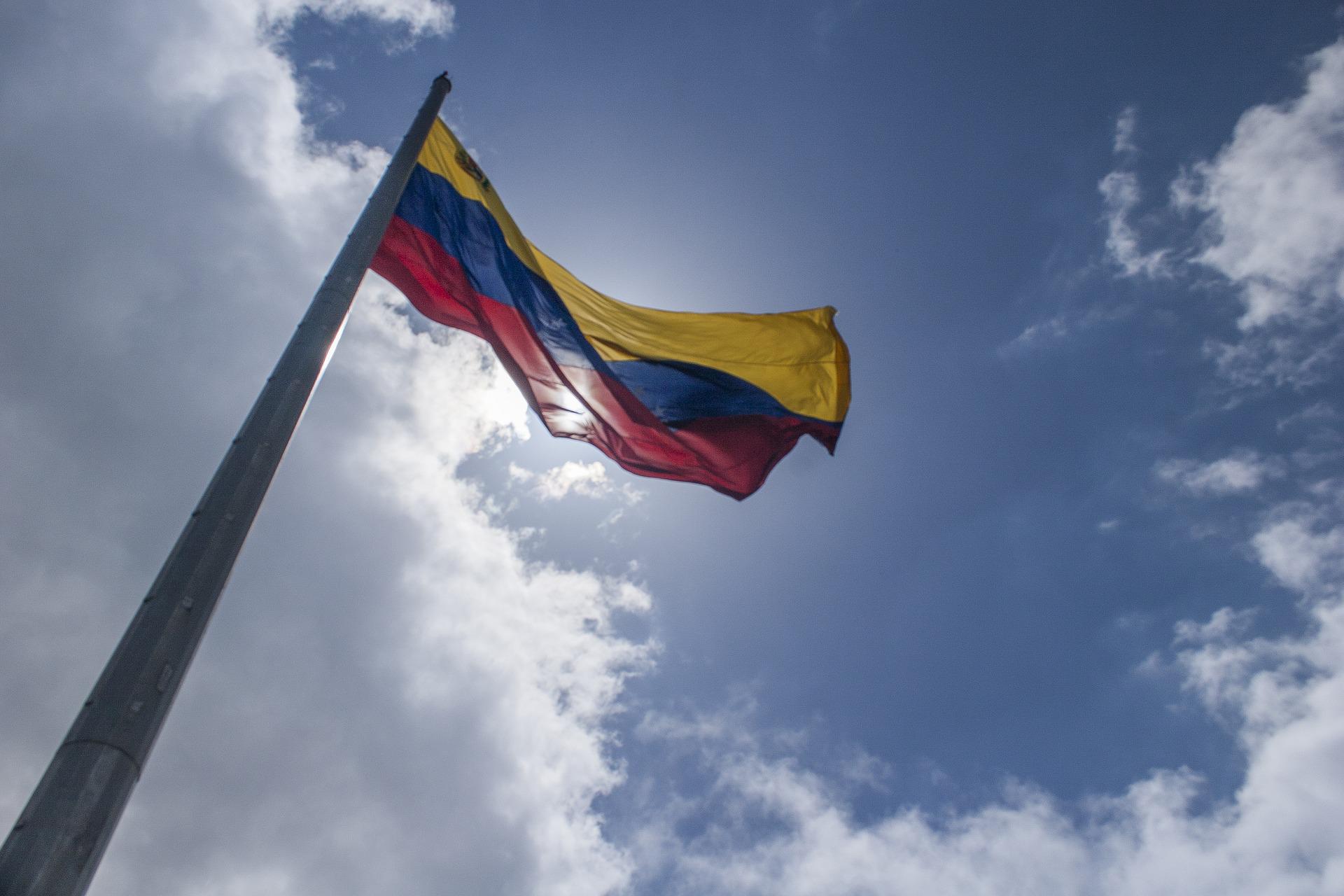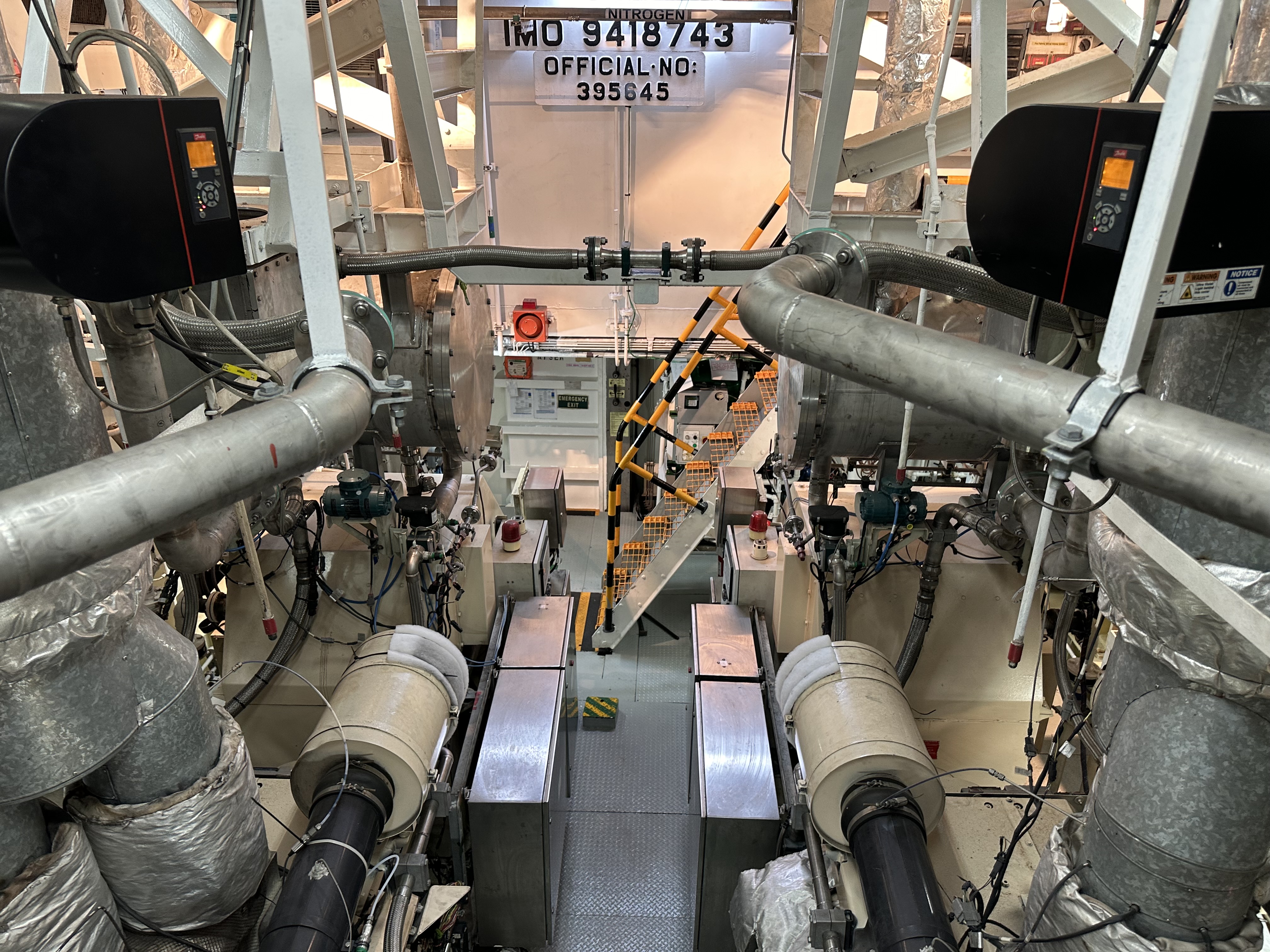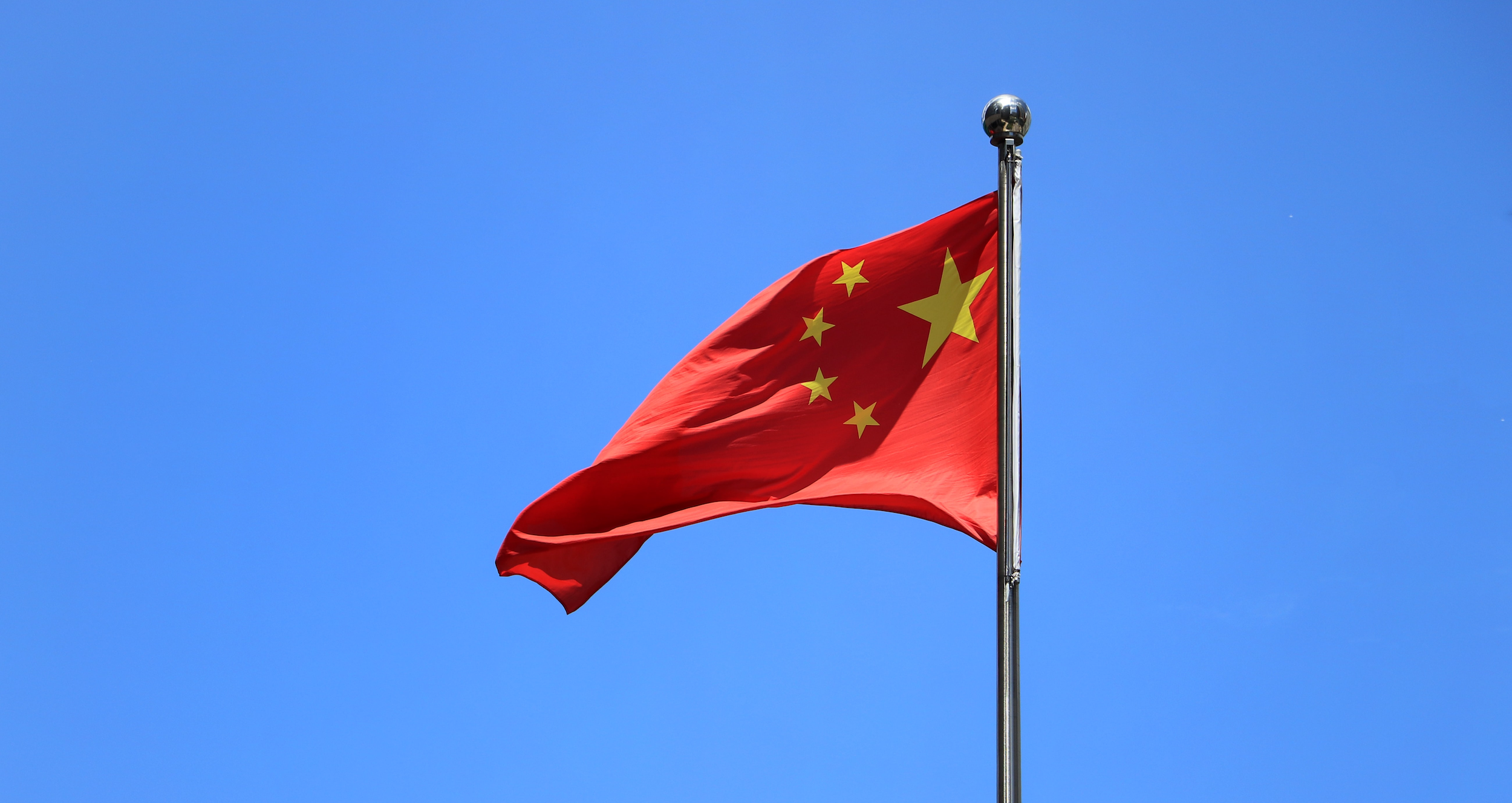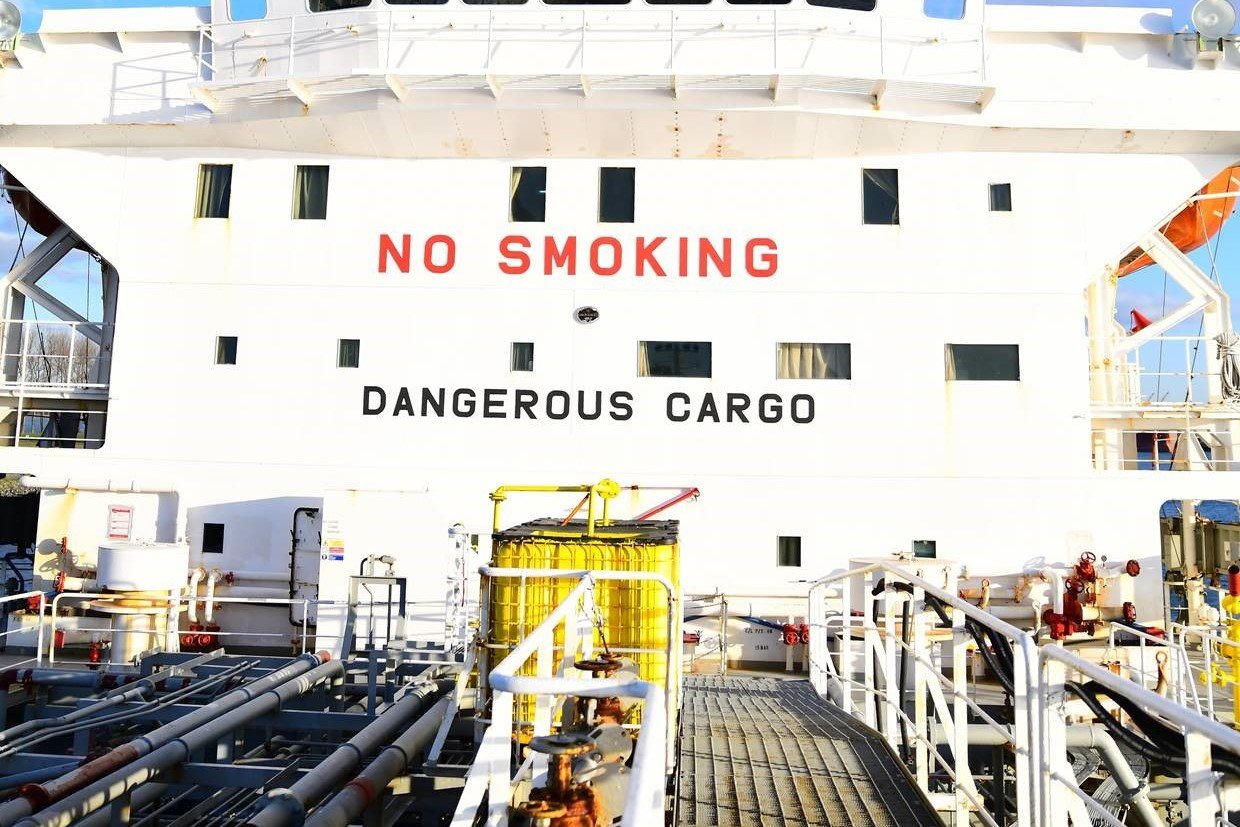
Introduction
Our Members often have questions about the potential risks and exposures involved in transportation of non-petroleum hazardous substances into and out of the United States. While petroleum cargoes are principally covered by the Oil Pollution Act of 1990 (OPA-90), non-petroleum hazardous cargoes are not – a distinction that can give rise to confusion and uncertainty.
We recently asked our correspondents, Lugenbuhl, Wheaton, Peck, Rankin & Hubbard, to provide insight on potential statutory and regulatory concerns raised by shipment of non-petroleum hazardous cargoes into and out of ports on the US Gulf Coast, specifically ports in Louisiana and Texas. Their comments follow. The Club is of course also available at all times to discuss any queries Members may have relating to these important issues.
FAQs: Comprehensive Environmental Response, Compensation and Liability Act (CERCLA)
As most Members probably know, many legal questions in the US are subject to evaluation under two sets of laws – federal laws enacted by the US government in Washington, DC, and state laws enacted by each individual state. This is especially true in the area of environmental law, where the federal government and the individual states both have heightened interests in regulating environmental incidents and ensuring prompt reporting and clean-up of any spills that do occur.
On the federal level, spills of non-petroleum hazardous cargoes are primarily governed by the Comprehensive Environmental Response, Compensation, and Liability Act, 42 U.S.C. § 9600 et seq., commonly referred to as “CERCLA” or sometimes as the “Superfund”.
1. What is CERCLA, and what does it do?
CERCLA is a federal law administered by the U.S. Environmental Protection Agency designed to address hazardous waste sites and environmental emergencies. It establishes a fund (the Superfund) for cleaning up abandoned or uncontrolled hazardous waste sites, as well as responding to accidents, spills and other pollutant releases that may affect the environment. It also contains detailed criteria for reporting spills of hazardous substances not covered by OPA-90, as well as penalties for failure to report incidents.
2. What substances are considered "hazardous substances" under CERCLA?
Section 9601 of CERCLA adopts the definition of “hazardous substances” used in § 311(b)(2)(A) of the Federal Water Pollution Control Act, more commonly known as the Clean Water Act, 33 U.S.C. § 1251 et seq. That provision, in turn, defines “hazardous substances” as designated substances “other than oil…, [containing] elements and compounds which, when discharged in any quantity into or upon navigable water of the United States or adjoining shorelines…, present an imminent and substantial danger to the public health or welfare, including, but not limited to, fish, shellfish, wildlife, shorelines, and beaches”.
The Administrator of the EPA has designated more than 350 substances as hazardous substances in a list published at 40 C.F.R. § 116.4, all identified by Chemical Abstracts Service (CAS) Registry Number. This list of substances includes many common cargoes such as Acetaldehyde, Ammonia, Benzene, Chlorine, Formaldehyde, Phosphorus, Toluene, and Zinc Sulfate.
3. When is a release of a hazardous substance reportable under CERCLA?
Generally speaking, and with a few exceptions beyond the scope of this article, 33 U.S.C. § 1311(a) states that “the discharge of any pollutant by any person shall be unlawful”. However, the issue of when a release becomes reportable is usually governed by 40 C.F.R. § 302.4, which contains a table specifying the Reportable Quantity (RQ) of a discharge of each hazardous substance in both pounds and kilograms. For example, a discharge of Ammonia is reportable at or above 100 pounds (45.4 kg), while a discharge of Benzene is reportable at or above 10 pounds (4.54 kg). However, as noted, these limits are subject to certain exceptions and other considerations, so Members are strongly advised to contact the Club or a local correspondent for any spill, regardless of quantity, to determine if reporting is necessary.
Under CERCLA, “[a]ny person in charge of a vessel or an offshore or an onshore facility shall” notify the National Response Center of a spill that exceeds the Reportable Quantity “as soon as he has knowledge of any release”. The National Response Center’s reporting hotline may be reached at (800) 424-8802.
4. What are the penalties for failing to report a release under CERCLA?
Under CERCLA, failure to report a release that exceeds a Reportable Quantity as soon as it becomes known can result in imprisonment, which can be up to three years for the first offence and up to five years for repeat offences. CERCLA also authorises imposition of fines, which may vary based on the circumstances of the release and failure to report, but which may include civil penalties of $25,000 per violation, or $25,000 per day for continuous violations, or double the amount of any financial benefit gained by the offending party or any financial loss of a person affected by the release.
5. Who can be held liable for spills under CERCLA?
Separate from penalties for failing to report a spill, CERCLA establishes civil liability for four categories of parties that may be responsible for the spill itself, including: (1) owners/operators of any vessels or facilities from which a release occurs; (2) owners/operators of waste disposal sites; (3) anyone who contracts to transport, treat or dispose of hazardous substances; (4) any carriers who accept hazardous substances for transport, treatment or disposal.
It is not always immediately clear who will be treated as the “owner or operator” for the purpose of assigning liability under CERCLA. Generally speaking though, once a cargo is accepted by a common or private carrier for transportation, the carrier will be the “owner or operator”, and the shipper will not be liable so long as the release resulted solely from circumstances beyond the shipper’s control. Once the carrier delivers its cargo to another carrier or a disposal facility, that second carrier or facility will become the relevant “owner or operator”, and the initial carrier will not be liable so long as the release resulted from circumstances beyond its control.
6. What amounts can offending parties be held liable for under CERCLA?
Liability for each of the four groups identified above may include: (1) all costs for clean-up, removal and remedial actions undertaken by the US government; (2) all other “necessary costs of response” incurred by any person acting consistent with the national contingency plan; (3) damages for injury to or destruction of natural resources; and (4) the cost of health assessments or studies.
7. Are the limitations on liability under CERCLA?
CERCLA does allow an owner or operator found to be liable for a release to limit its liability to the greater of $300 per gross ton or $5,000,000. However, this limitation is not available where: (1) the hazardous substance was released as “the result of willful misconduct or willful negligence”; or (2) “the primary cause of the release” was a violation of applicable “safety, construction, or operating standards or regulations”; or (3) an owner or operator or other responsible person “fails or refuses to provide all reasonable cooperation and assistance requested by a responsible public official in connection with response activities under the national contingency plan with respect to regulated carriers…”.
In the event of wilful misconduct or wilful negligence, a person liable under CERCLA may also be liable for penalty damages of up to three times the value of the costs and damages caused by the release of hazardous substances. All costs and damages for which a person is liable to the US constitute a lien on all real property AND a maritime lien in favour of the US on the vessel involved in the release.
8. What financial responsibilities do vessel owners/operators have under CERCLA?
Vessel owners and operators involved in the transportation of hazardous substances must establish and maintain evidence of financial responsibility equal to $300 per gross ton or $5,000,000, whichever is greater. In the case where an owner or operator owns, operates or charters more than one vessel subject to § 9608, financial responsibility only needs to be established to meet the maximum liability of the largest vessel or $5,000,000, whichever is greater.
FAQs: Understanding Texas and Louisiana Regulations for Hazardous Substances Releases
As noted above, environmental law and regulation in the US typically occurs on both a federal and state level. Following is information that may be of interest to Members moving hazardous cargoes in and out of Texas and Louisiana.
Texas
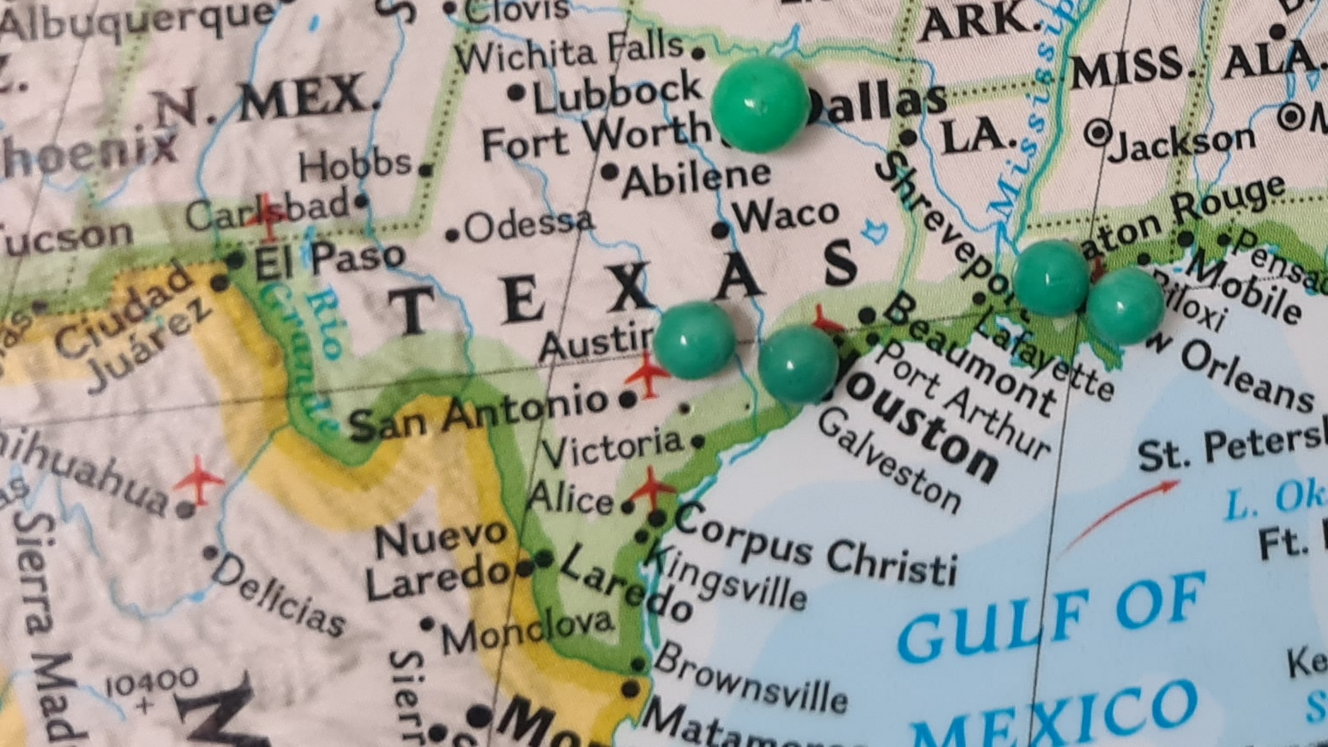
1. What laws govern the release or discharge of hazardous substances in Texas?
In Texas, the Hazardous Substances Spill Prevention and Control Act (HSSPCA) governs spills of hazardous substances other than oil, and is administered and enforced by the Texas Natural Resource Conservation Commission. The HSSPCA is distinct from the Texas Oil Spill Prevention and Response Act (OSPRA), which applies to spills of oil and other petroleum products and is enforced by the General Land Office.
2. What does the HSSPCA define as a “hazardous substance”?
The HSSPCA defines “hazardous substance” to include any substance designated as hazardous by CERCLA, the Federal Clean Water Act or the Texas Natural Resources Conservation Commission. Accordingly, the list of hazardous substances governed by Texas law is necessarily broader than CERCLA’s. The Clean Water Act identifies several hundred hazardous substances across three lists, which are available at 40 C.F.R. § 401.15; 40 C.F.R. § 131.36; and 40 C.F.R. § 423 Appendix A.
3. How does the HSSPCA provide for the clean-up and remediation of spills, and who bears the cost?
The HSSPCA addresses this in several ways. First, in the event of a spill of a hazardous substance, the HSSPCA requires any “owner, operator, demise charterer, or person in charge of a vessel or of any on-shore facility or off-shore facility” to “immediately undertake all reasonable actions to abate and remove the discharge or spill subject to applicable federal and state requirements”.
The HSSPCA also established the Texas Spill Response Account, which provides immediate access to funds for state agencies to conduct spill response and clean-up of hazardous substances.
Finally, the HSSPCA created a cause of action for the State of Texas to sue any “responsible person” for the recovery of clean-up costs expended from the Texas Spill Response Account and for damages caused by a spill which leads to financial liability for the spill. The “responsible person” may include the owner, operator or (in the case of a vessel) demise charterer of a vessel or facility from which a spill emanates, and “any other person who causes, suffers, allows, or permits a spill or discharge”.
4. What costs are damages may a responsible person be held liable for under HSSPCA?
The HSSPCA specifically defines the damages that the State may recover in an action against a responsible person to include any expenditures for clean-up costs, remediation, etc., paid out of the Account, and any additional costs that the responsible person would have incurred if they had fully carried out the duty to immediately take reasonable actions to remove the spill. The latter category may include reasonable and necessary costs of studies to assess the impact of the spill, costs of attorneys’ services, out-of-pocket expenses associated with state agency actions, clean-up costs (including personnel, equipment, supplies, and land and water restoration) and costs of remediating injuries proximately caused by the spill.
Notably, punitive damages equal to the cost incurred by the State for cleaning up the spill may also be awarded under the HSSPCA against any party who fails to perform its spill mitigation duties, after receiving notice and a reasonable time to do so.
5. Are there any exceptions or limits to liability under the HSSPCA?
Yes and no. Under the HSSPCA, a responsible party will not be held liable for a spill that results from “an act of God, act of war, third party negligence, or an act of government”.
The Act states though that there is no limitation of liability for any person under this Act. However, any person or company sued by the State of Texas under the HSSPCA has the “right to recover indemnity or contribution from any third party who caused, suffered, allowed, or permitted the spill or discharge”. Thus, while there is no limit on liability, a vessel owner or operator may shift some liability to a third party whose actions caused or contributed to the spill, if applicable.
6. Is there potential exposure beyond the HSSPCA for a spill occurring in Texas?
Potentially, yes. While the HSSPCA governs clean-up responsibility, costs and liability, negligence claims may arise in favour of any person or company actually harmed by the release, and depending on the circumstances of the spill, other state laws may be implicated as well. In the event of a spill, Members are strongly encouraged to immediately contact the Club and/or a local correspondent.
Louisiana
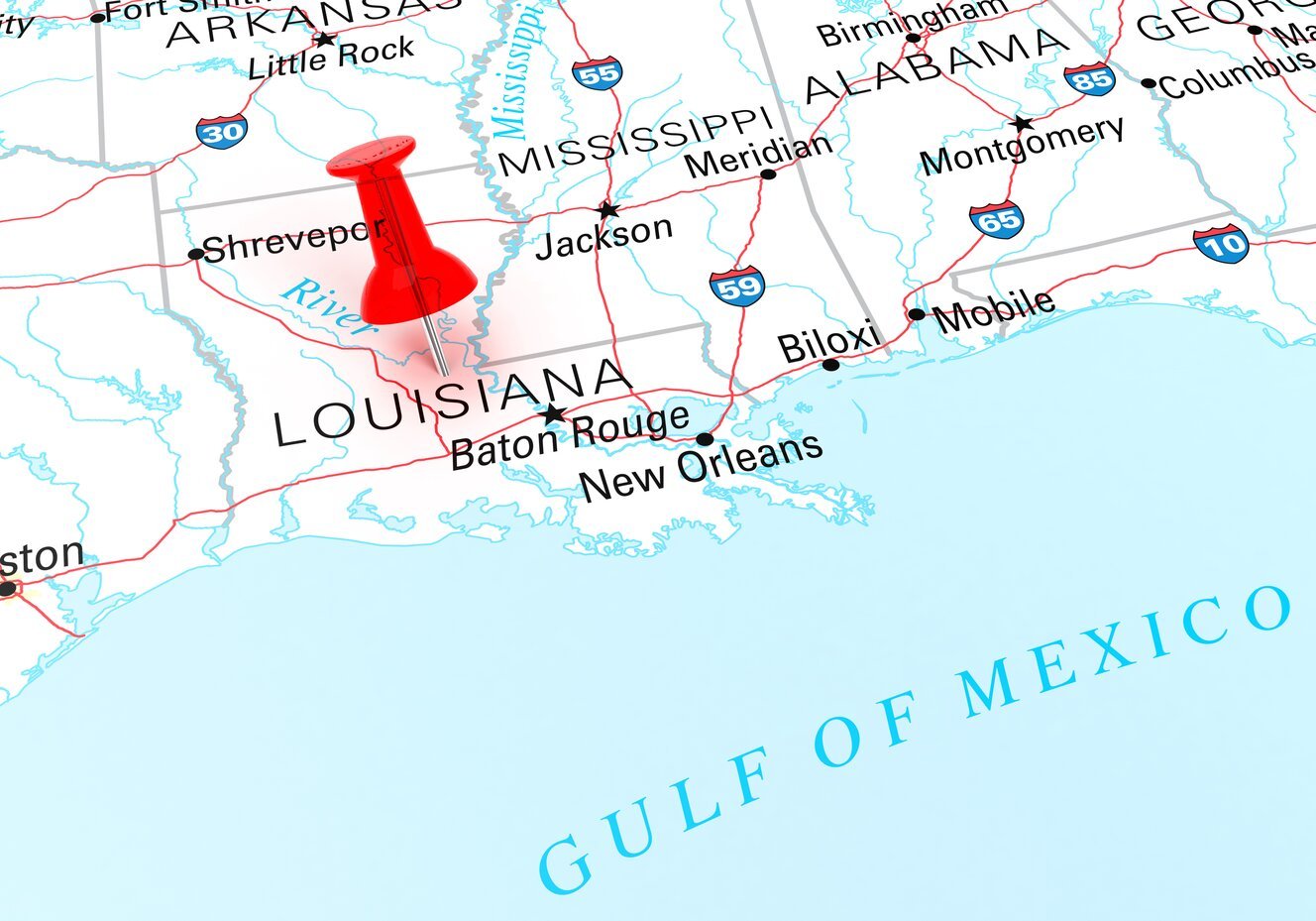
1. What laws govern the release or discharge of hazardous substances in Louisiana?
The primary statute in Louisiana governing spills of hazardous substances is § 30:2271 et seq. of the Louisiana Revised Statutes, the “Liability for Hazardous Substance Remedial Action” (the “LHRSA”), which is administered by the Louisiana Department of Environmental Quality.
2. What does the LHRSA define as a "hazardous substance"?
The LHRSA defines “hazardous substances” broadly as including “any gaseous, liquid, or solid material which because of its quantity, concentration, or physical, chemical, or biological composition when released into the environment poses a substantial present or potential hazard to human health, the environment, or property, and which material is identified or designated as being hazardous by rules and regulations adopted and promulgated by the secretaries of the Department of Environmental Quality or of the Department of Public Safety and Corrections, regardless of whether it is intended for use, reuse, or is to be discarded”. Petroleum derivatives and natural gas are generally excluded from the definition of “hazardous substances”.
Rather than publish a separate list of designated hazardous substances, the Louisiana Department of Environmental Quality has adopted by reference the list of substances and reportable quantities designated by the Federal government under the Clean Water Act and CERCLA, including lists published at 40 C.F.R. § 117.3, 40 C.F.R. § 302.4, 40 C.F.R. § 355 Appendix A, and 40 C.F.R. § 172.101 Appendix A. As with CERCLA, only releases above specified Reportable Quantities are required to be immediately reported.
3. How does the LHRSA provide for clean-up and remediation of spills, and who bears the cost?
There are two key provisions for the handling of clean-up and remediation under the LHRSA. First, whenever an owner, operator or other responsible person obtains information concerning a hazardous substance spill or release, that person must report the spill or release to the Louisiana Department of Environmental Quality immediately. After a report is made, or when the Secretary of Environmental Quality determines “that a discharge or disposal has occurred which may present an imminent and substantial endangerment to health or the environment, he shall attempt to notify [the responsible party] that they are to provide him with all information” regarding the discharge, including:
(1) The types of substances and their chemical name or make up if known;
(2) The volumes of such substances disposed of or discharged;
(3) The locations of disposal or discharge of any known pollution source or facility;
(4) Dates of disposal and amounts on each date;
(5) Person providing transportation of hazardous substances; and
(6) Name of owner or operator at the site at the time of disposal or discharge.
Second, in the event of a spill, the LHRSA requires the Secretary of the Department of Environmental Quality to “make a written demand on every owner, generator, transporter, disposer, operator, or other responsible person who has participated in the disposal or discharge of a hazardous substance” to perform remedial actions according to a plan approved by the Secretary, or pay the cost of remedial actions performed by the Secretary.
4. What costs and damages may a responsible person be held liable for under the LHRSA?
There are several provisions of the LHRSA that create financial exposure for parties involved in a release of hazardous substances in Louisiana, which can include the carrier of a vessel from which a spill emanates.
First, the statute provides for a $25,000 per day fine against any party who fails to provide the required information to the Secretary as set forth above, accruing daily until the information is provided.
Second, as mentioned above, the statute requires the Secretary to demand reimbursement from a responsible party of any costs incurred by the Department of Environmental Quality responding to the spill.
Third, and most importantly, the statute creates a cause of action against the party responsible for a spill, allowing the State of Louisiana to sue for recovery of remedial costs in the event the Secretary’s demand does not result in reimbursement. Louisiana’s district courts are required to hold the defendant liable if the defendant performed any of the following (emphasis added):
- Was a generator who generated a hazardous substance which was disposed of or discharged at the pollution or source facility.
- Was a transporter who transported a hazardous substance which was disposed of or discharged at the pollution source or facility.
- Was a disposer who disposed of or discharged a hazardous substance or hazardous waste at the pollution source or facility.
- Contracted with a person for transportation or disposal at the pollution source or facility.
- Is or was the owner or operator of the pollution source or facility subsequent to the disposal of the hazardous waste.
Liability for defendants who fit the above conditions is strict, and the law specifically provides: “The court does not have to find that the defendant was negligent, knew that the hazardous substance was being improperly disposed of, or that the activity was illegal at the time of disposal.”
5. Are there any exceptions or limits to liability under the LHRSA?
While the LHRSA creates strict liability in the sense that no fault or knowledge is required, it does provide limited means by which a responsible party may avoid liability. Specifically, exemptions from liability exist for spills caused by an act of God, act of war or by the fault of a third-party who was not in contractual privity with the defendant, so long as the defendant acted with due diligence to prevent the release.
The LHRSA also allows a defendant to transfer some of the financial burden in the event that fault for the release is shared among multiple parties. In that situation, the defendant in an action by the State is responsible for “his proportionate contribution of the remedial costs”, which are “limited to those costs which can be calculated by the court upon presentation of evidence”. Where multiple parties are responsible under the conditions listed above, each party’s “proportionate contribution” is presumed to be an equal share of the remedial costs unless evidence is presented to support distribution of the costs among the parties according to their degree of fault. Any defendant may also be held liable for a penalty of “three times that party’s share of the remedial cost” though, if the court determines that the defendant did not respond to an administrative determination or court proceeding without sufficient cause.
Finally, while the LHRSA does allow a responsible party to obtain insurance for liability under the Act, it does not allow indemnity clauses or other agreements that transfer liability from a responsible party to any other person.
6. Is there potential exposure beyond the LHRSA for a spill occurring in Louisiana?
As with CERCLA and the HSSPCA, application of the LHRSA does not rule out the potential for tort claims by parties injured or affected by a release of hazardous substances, and does not necessarily bar concurrent application of other statutes that may be implicated by the specific circumstances of a case. Members are again encouraged to seek legal advice in the event of any release of hazardous substances.
We would like to extend great thanks to Alan Davis and Alec Szczechowski of Lugenbuhl, Wheaton, Peck, Rankin & Hubbard, who performed all of the underlying research and drafting of this article.


